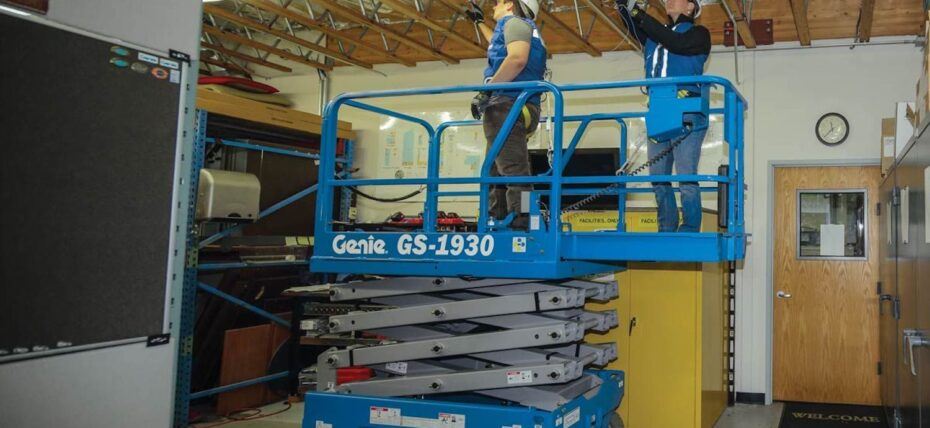
How to complete a Working at Height Risk Assessment
A working at height risk assessment helps you identify and minimise potential risks to anyone who interacts with your work, whether employee, contractor, visitor or passer-by. They are also a requirement under the Management of Health and Safety at Work Regulations 1999.
What’s involved in a risk assessment?
To complete a working at height risk assessment, you need to:
- Identify all potential hazards
- Determine who may be at risk and how
- Identify precautions you can put in place to minimise the risk
- Record all your findings in a risk assessment template and put safeguards in place
- Review and update regularly and as necessary
Identifying hazards
When identifying potential hazards, observe your workplace, speak to employees and consult manufacturer’s guidelines, manuals and datasheets. It is also worth thinking about previous accidents and injuries as they may give you ideas and a good starting point.
Some points to consider include:
- The working environment, for example, ground conditions and fragile surfaces.
- Overhead obstructions that could cause crushing injuries.
- Things that could cause slips, trips and falls like slippery floors, underfoot obstructions or a messy workplace.
- Interactions between people and vehicles when accessing or exiting the worksite.
- Access or safety equipment malfunctioning because of lack of maintenance or incorrect usage.
- Injuries as a result of being hit by falling objects.
Who’s at risk?
The obvious one here is the people carrying out the work from height, but they are not the only ones you need to consider. Anyone that passes close to your work area could be at risk, including the general public, who could be hit by falling objects or come into contact with your equipment while it is in transit.
Identifying precautions
Work through your list of risks and think about each one individually – what could you do to minimise the chance of something going wrong? Some examples may include:
- Using long-reach tools to remove the need for working at height.
- Training employees and conducting familiarisations to ensure workers know how to operate equipment correctly and safely.
- Installing guardrails or using other safety equipment to minimise the chance, and potential consequences, of a fall.
- Inspecting all access and safety equipment before use to ensure it is safe to use.
- Keeping work areas tidy and putting tools and equipment away to minimise the chance of slips, trips, and falls.
- Blocking off the area below the work from height to minimise risks from falling objects.
Record your findings
It is not enough to think about risks; you must keep a written record. Use a risk assessment template to record everything, and make sure you include details such as the date and the name of the person who completed/checked the risk assessment. This acts as proof to regulators that you are adhering to health and safety guidelines and ensures everyone involved has access to the risk assessment and is thus aware of the risks and how to minimise them.
Review your risk assessment
Risk assessments are not static; you don’t just do them once and forget about them. They should be reviewed regularly and updated as and when they need to be. For example, if new hazards present themselves or if conditions change. The risks associated with working at height will vary with every job, so make a new risk assessment for each new job to ensure you are covering everything you need to be.
If you need further advice on risks associated with work from height and assistance with planning, training or equipment, our experts are on hand to help – contact us today to find out what we can do for you.
